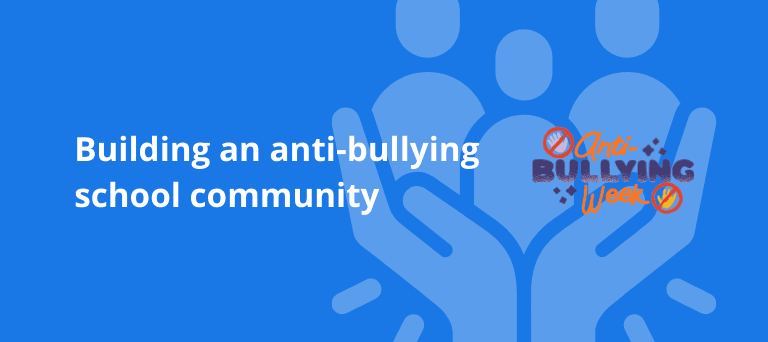How to support children with Special Educational Needs in a supply role
Clare Burroughs
4
min read
Coming into a new classroom is daunting for anyone in a supply role and when you have a child with Special Needs in the class it can seem even more intimidating. Sometimes you may come into a classroom and be unsure about the level of SEN in it and need to react quickly.
We’ve compiled a list of advice on how to help children with Special Needs, specifically around Autism and ADHD - two of the more common conditions requiring EHC plans. If you work in a school this article could be really useful to print out and share with supply staff as they come into your school.
This advice has been compiled by our own in-house SEN expert Olivia. Olivia has four years of experience working in SEN schools, PRU’s and Mainstream Primary schools supporting students with SEN needs. She has supported students with ASD, PMLD and Severe Challenging Behaviour so is ideally placed to share this advice.
Olivia has led training workshops on just this subject, which have been very well received and is also available to come into school to lead SEN workshops. If you’re interested in working with her or a training session why not drop her an email on olivia@zeneducate.com?
Supporting children with autism
What is autism?
Autism is a lifelong, developmental disability that affects how a person communicates with and relates to other people, and how they experience the world around them. It is a spectrum disorder, ranging from mild to severe. Those with autism may have difficulty in relating to others and understanding unwritten rules, have issues communicating (some may communicate non-verbally) and with flexible thinking. Autism affects around 1 in 100 people and boys are four times more likely to be diagnosed.
Communication and autism
Children with autism may struggle with communication - this may be communicating with others in social settings or communicating their needs, wants and emotions. Here are some tips that may help:
Use simple language. E.g. rather than saying ‘Tommy, put your coat on please.’ say ‘Tommy, coat.’
Use picture symbols and other visual aids
Allow extra time for them to process verbal information
Repeat instructions and ensure the child has fully understood
Avoid using sarcasm, jokes, rhetorical questions - autistic students take things very literally.
Always use the student’s name
Attention Deficit Hyperactivity Disorder (ADHD)
What is ADHD?
Attention Deficit Hyperactivity Disorder (ADHD) is a condition in which behaviours such as impulsiveness, inattentiveness and hyperactivity hinder everyday functioning. It may be seen as being inattentive - students have issues with concentration and attention span. It can also be seen as hyperactivity - students predominantly struggle with being overactive and impulsive. Or it could be a combination of both.
Encouraging good behaviour with ADHD
ADHD symptoms can be an explanation (but not an excuse!) for challenging behaviour in the classroom. Students with ADHD do not have a problem with knowing what to do, but rather a problem in doing what they know. As a result, they need a lot of praise, encouragement and here are some things you can try;
Always address the student by name.
Keep instructions simple - “Pick up your books, please.”
Use ‘when’, ‘then’ and ‘either’ when giving instructions and pause in between requests;
‘Jason, when you have put your books away, then you can have a drink’
Give specific praise when the student does well.
‘Laura did amazing work in English today - she was using the dictionary and thesaurus to improve her vocabulary use to make her writing really interesting!’
What can you do in the classroom to support children with Special Educational Needs when you’re in a supply role?
Coming into a classroom is a supply role, either as a teacher or TA, and working to support a child with Special Needs can be complicated. You don’t want to change or undermine the work their day-to-day teacher is doing or confuse/upset them by changing their routines. However, you will need to maintain equilibrium in the room and these tips could help:
Create helpers - asking them for help is a great way of making children feel included. Plus, you probably don’t know where the glue/scissors etc are stored in an unfamiliar classroom. Let them help you and thank them for their help.
Praise immediately - don’t wait to the end of the day to praise them.
Make critical feedback general to the class and not specific to the child
Allow for some fidgeting e.g stress balls or fidget cubes. You could buy a few and bring these with you as standard - but do check that the school is okay with it before giving them out.
We hope these tips have been helpful, working with children with Special Needs can be carefully managed in supply roles to ensure that you provide the best support for the day or days you’re in the school. We’re always here to help you if you have any questions or concerns around supply - you can call us on 020 3870 4632 or email us on support@zeneducate.com and we’ll be happy to help!
Search blog posts …
Search







